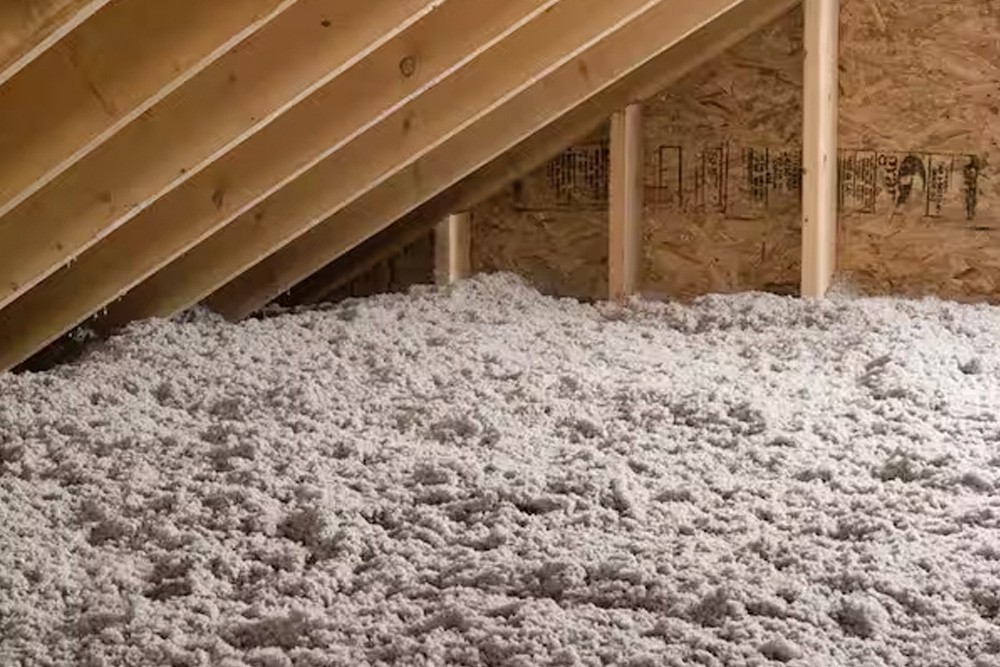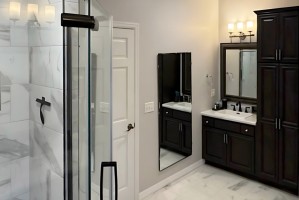
How the 2016 Wisconsin Energy Code Update Changed Insulation Standards
In 2016, Wisconsin adopted an updated home insulation code (SPS 322, based on the 2009 IECC with state amendments) that raised the bar for energy efficiency and building performance.
What Changed
- Higher Insulation Standards
The new code increased required R-values throughout the home:- Attics & Ceilings: Insulation values were raised in many areas (for example, from R-38 to R-49).
- Walls: Requirements increased from R-13 to R-20 or R-21, depending on construction type.
- Basements & Floors: New R-values improve efficiency and comfort year-round.
- Tighter Air Sealing Requirements
Builders must now pay closer attention to sealing gaps around windows, doors, and other penetrations. Insulation must maintain its full rated value - no voids, compression, or missed areas. - Ceiling & Roof Systems
Special focus is given to properly insulating cathedral ceilings and vaulted roof spaces. - Compliance & Documentation
Stricter documentation is required to verify code compliance - often including REScheck energy verification.
Why It Matters for Homeowners
If your home was built before 2016, it likely has less insulation and looser air sealing - meaning it doesn't meet today's energy standards.
Here's why that's important:
- Higher Energy Bills: Poor insulation makes your HVAC system work harder, raising monthly costs.
- Less Comfort: Drafts, cold spots, and uneven temperatures make it harder to stay comfortable year-round.
- Moisture & Damage Risk: Inefficient insulation can lead to condensation, mold, and long-term damage.
- Environmental Impact: Wasted energy increases your home's carbon footprint.
- Reduced Home Value: Energy efficiency is a key selling point - and older homes may lag behind.
- More Wear on Systems: Heating and cooling equipment runs longer, shortening its lifespan.
The Bottom Line
Updating your insulation or addressing air leaks can dramatically improve comfort, reduce costs, and protect your home's value - all while helping you meet modern energy standards.




